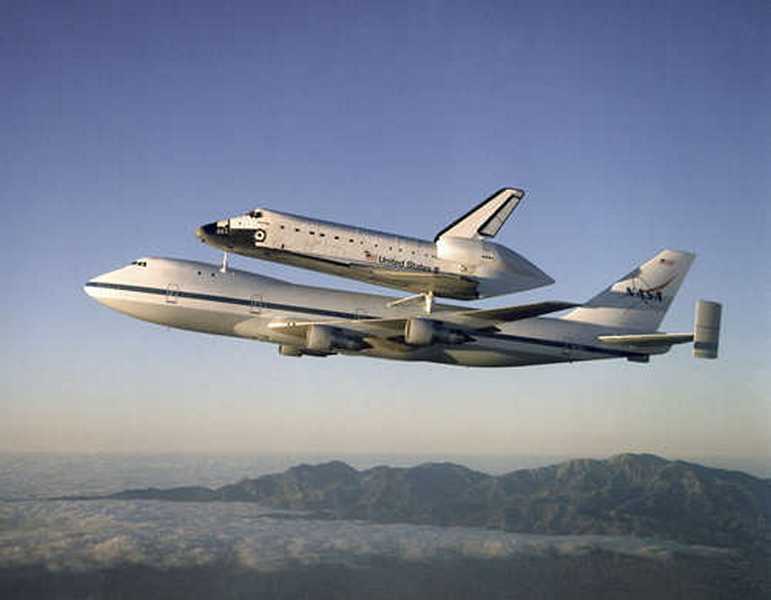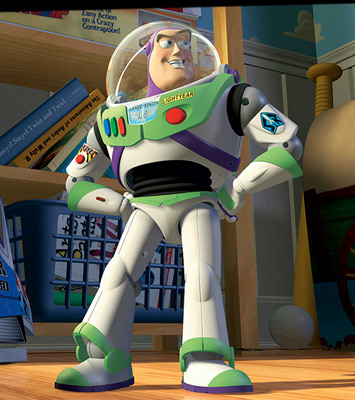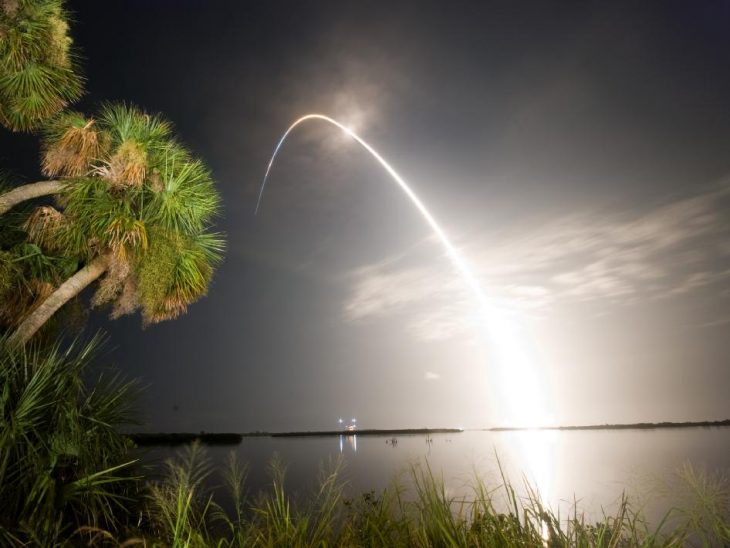STS-128 Commander Rick Sturckow was joined on the mission by Pilot Kevin Ford, Mission Specialists Pat Forrester, Jose Hernandez, Danny Olivas and European Space Agency astronaut Christer Fuglesang. NASA astronaut Nicole Stott flew to the complex aboard Discovery to begin a nearly three-month mission as a station resident, replacing Tim Kopra, who returned home on Discovery.
 Weather concerns prevented the crew from returning to NASA’s Kennedy Space Center in Florida, the primary end-of-mission landing site. In 7-10 days, Discovery will be transported approximately 2,500 miles from California to Florida on the back of a modified 747 jumbo jet. Once at Kennedy, Discovery will be separated from the aircraft to begin processing for its next flight, targeted for March 2010.
Weather concerns prevented the crew from returning to NASA’s Kennedy Space Center in Florida, the primary end-of-mission landing site. In 7-10 days, Discovery will be transported approximately 2,500 miles from California to Florida on the back of a modified 747 jumbo jet. Once at Kennedy, Discovery will be separated from the aircraft to begin processing for its next flight, targeted for March 2010.
A welcome ceremony for the crew’s return to Houston was held yesterday at Ellington Field’s NASA Hangar.
In addition to carrying a new station crew member, Discovery and the crew also delivered a new sleeping compartment, an air purification system and a treadmill named after comedian Stephen Colbert. The mission included three spacewalks that replaced experiments outside the European Space Agency’s Columbus laboratory and an empty ammonia storage tank. Ammonia is needed to move excess heat from inside the station to the radiators located outside.
Disney’s toy astronaut Buzz Lightyear also returned from the space station aboard Discovery. He flew to the station in May 2008 on shuttle Discovery’s STS-124 mission  and served as the longest tenured “crew member” in space. While on the station, Buzz supported NASA’s education outreach by creating a series of online educational outreach programs.
and served as the longest tenured “crew member” in space. While on the station, Buzz supported NASA’s education outreach by creating a series of online educational outreach programs.
Advances in the fight against food poisoning, new methods for delivering medicine to cancer cells, and better materials for future spacecraft are among the results just published in a NASA report detailing scientific research accomplishments made aboard the International Space Station during its first eight years. The results include more than 100 science experiments, ranging from bone studies to materials research
NASA’s research activities on the space station span several scientific areas, including exploration technology development; microgravity research in the physical and biological sciences; human physiology research; Earth science; and education. The report details 22 different technology demonstrations; 33 physical science experiments; 27 biological experiments; 32 experiments focused on the human body; Earth observations and educational activities. In addition to science important to long-duration human spaceflights, most findings also offer new understanding of methods or applications relevant to life on Earth.
Keep your eye out for the ISS now we approach Winter. Early darkness means we will see more of the Station than through the summer although since the ISS nears completion, reports are common of it being visible during daylight (approaching dusk) in recent months. This final photo shows a view of Heathrow Airport, London, taken by the ISS Crew in a recent pass over the Capital.

73 de Charles

